Saint Malo is a port city 43 miles north of Rennes, with a reputation at one time of having been a stronghold for “Corsairs” ( i.e. French Privateers).
Originally founded by the Gauls during the first century B.C., it later became known as the Roman settlement of “Reginca” or “Aletum.” When the Western Roman Empire began to lose its influence, the inhabitants of this region, which was now known as St. Malo (having been established as a monastic settlement by Saints Aaron and Brendon) rebelled against Roman rule, eventually declaring itself an independent republic.
During the 17th century, this port city had become an important international trade center. As a result, France found itself in nearly permanent conflict over trade with other maritime nations - especially England. Many Bretons in and around St. Malo took on contracts with the king to act as “Corsairs” ( i.e. privateers), forcing ships traveling through the English Channel to pay tribute. One of the best known privateers at this time was Captain Rene Dugyay-Trouin, who had captured over 300 merchant ships and 16 warships. The French King eventually appointed him as Lieutenant-General of the French naval armies. The Corsair shipowners became so rich from their activities that they built beautiful mansions known as “Malouniers” outside the city walls. By 1758, England had become so bothered by their ships being hounded by these Corairs of St. Malo, that British troops decided to raid the city in order to put a stop to their activities. However, after having destroyed thirty Corsair vessels, the British were unsuccessful at capturing St. Malo, instead only occupying nearby St. Servin.
From August to September of 1944 (during World War II) St. Malo was almost totally destroyed by Allied bombings. It took twelve years (1948 to 1960) to rebuild the city.
Perhaps the best known former inhabitant of St. Malo was the explorer Jacgues Cartier who had lived in and sailed from the city during his expeditions up the Canadian St. Lawrence River to Quebec and Montreal. Today, St. Malo’s tall granite walls and its central Cathedral (with Romanesque and Gothic architecture), along with its beautiful stained-glass windows, are top tourist attractions.
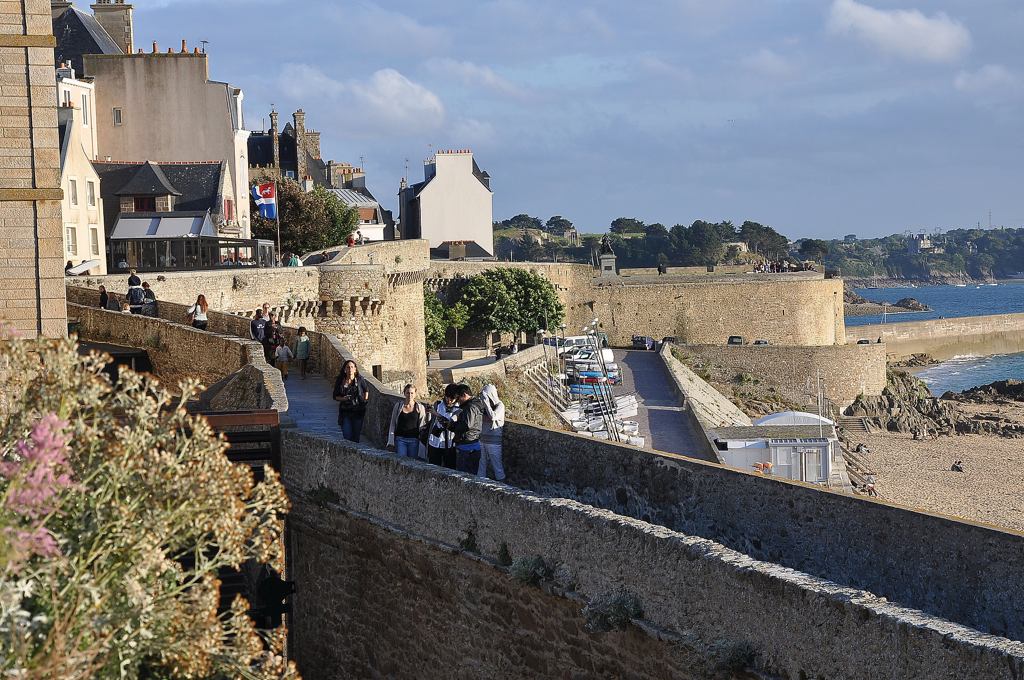
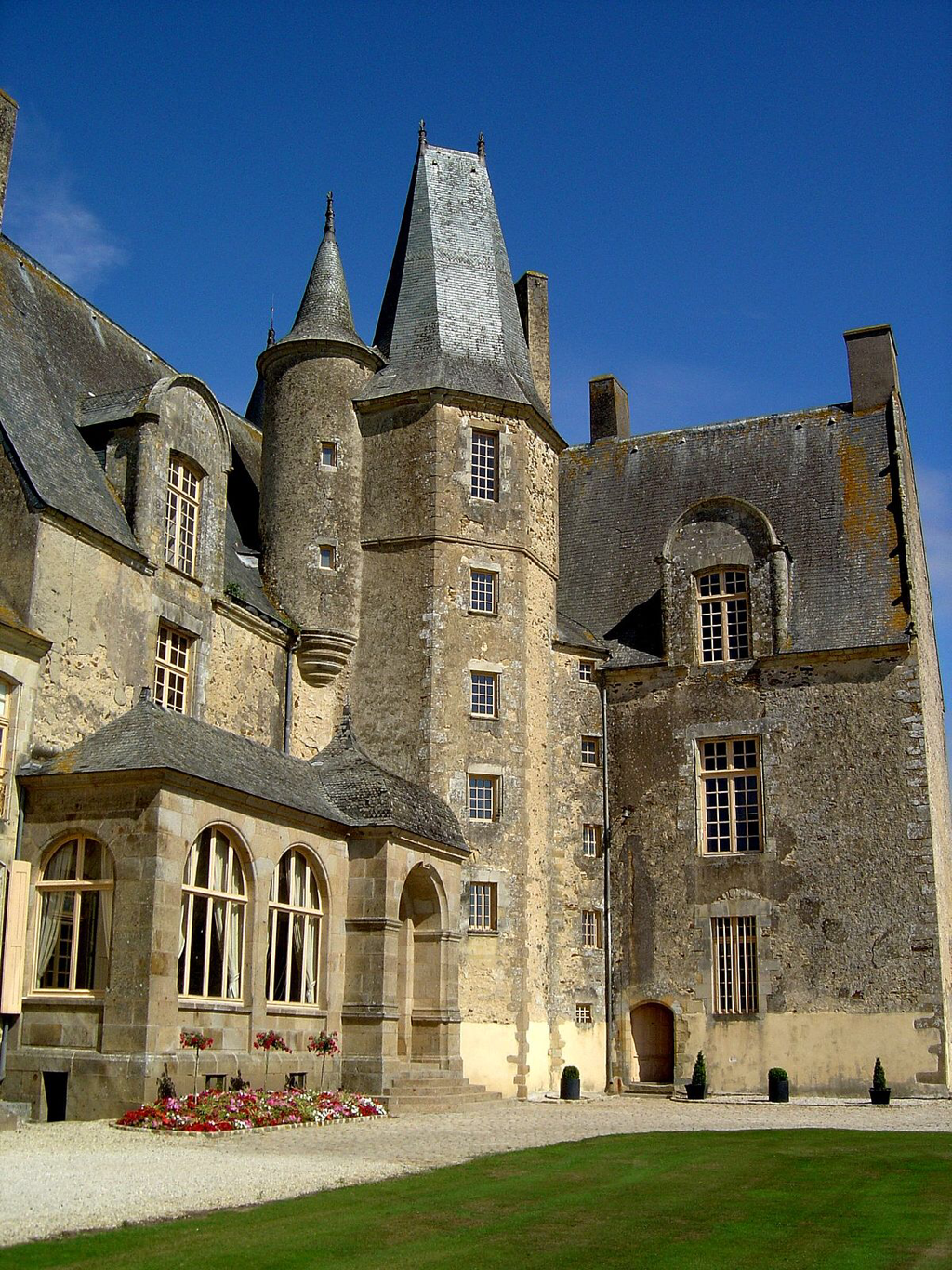
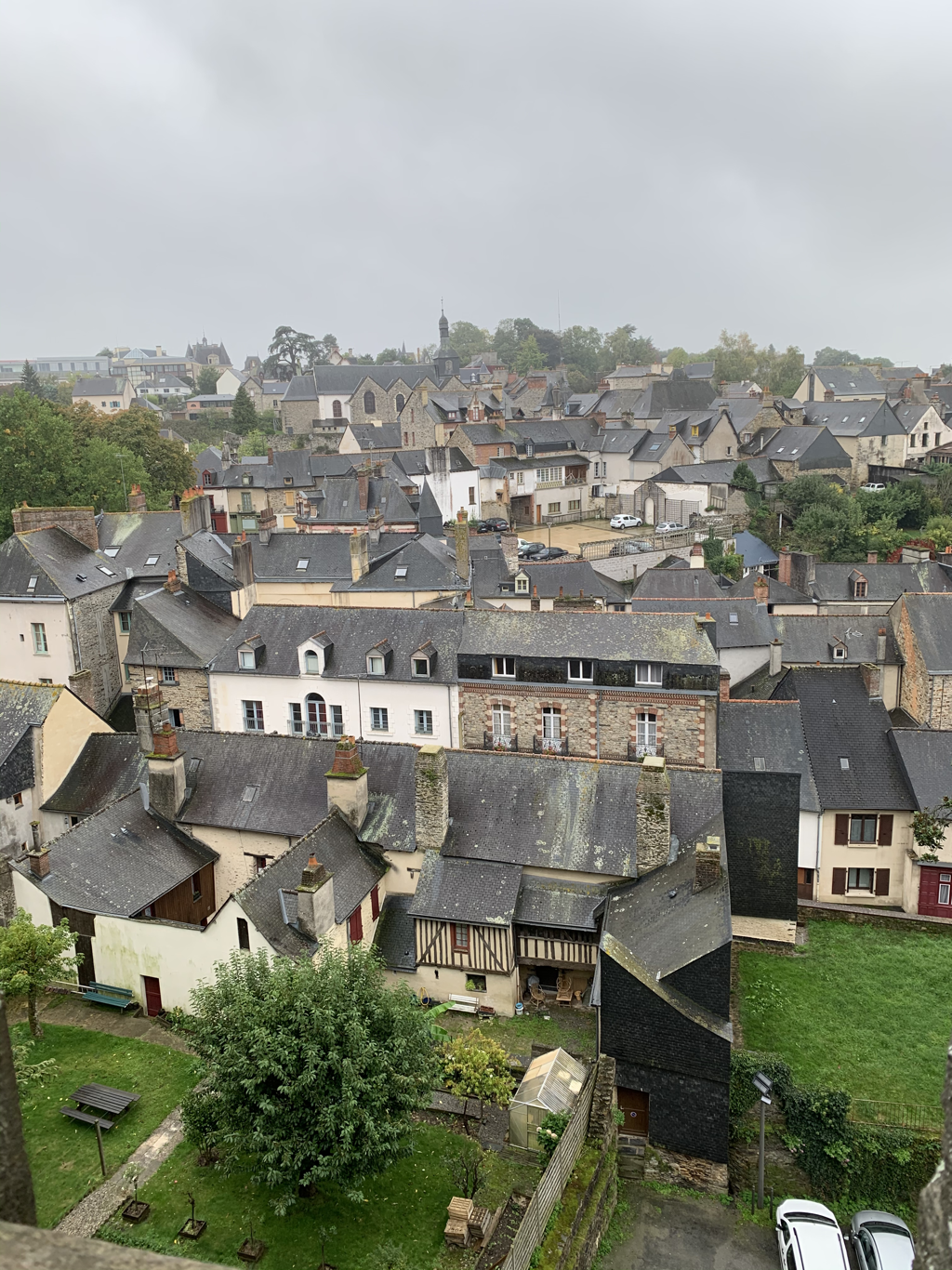
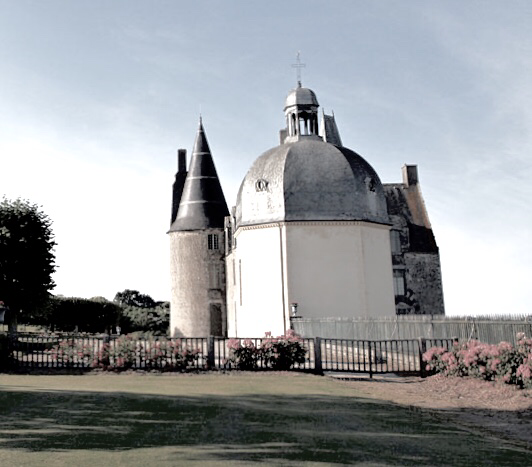
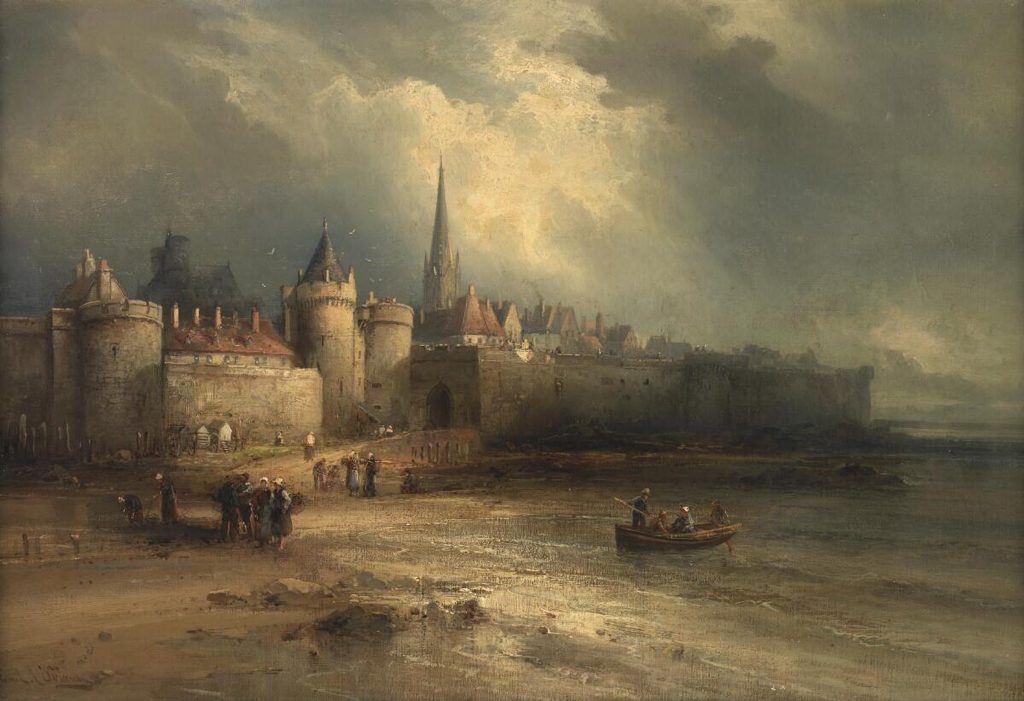
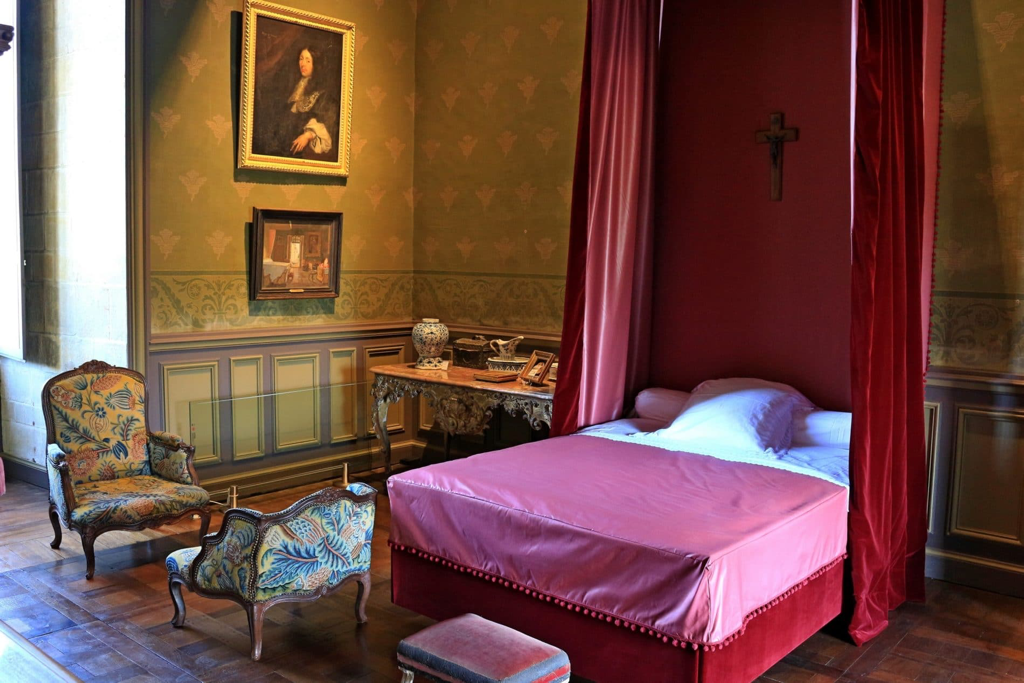

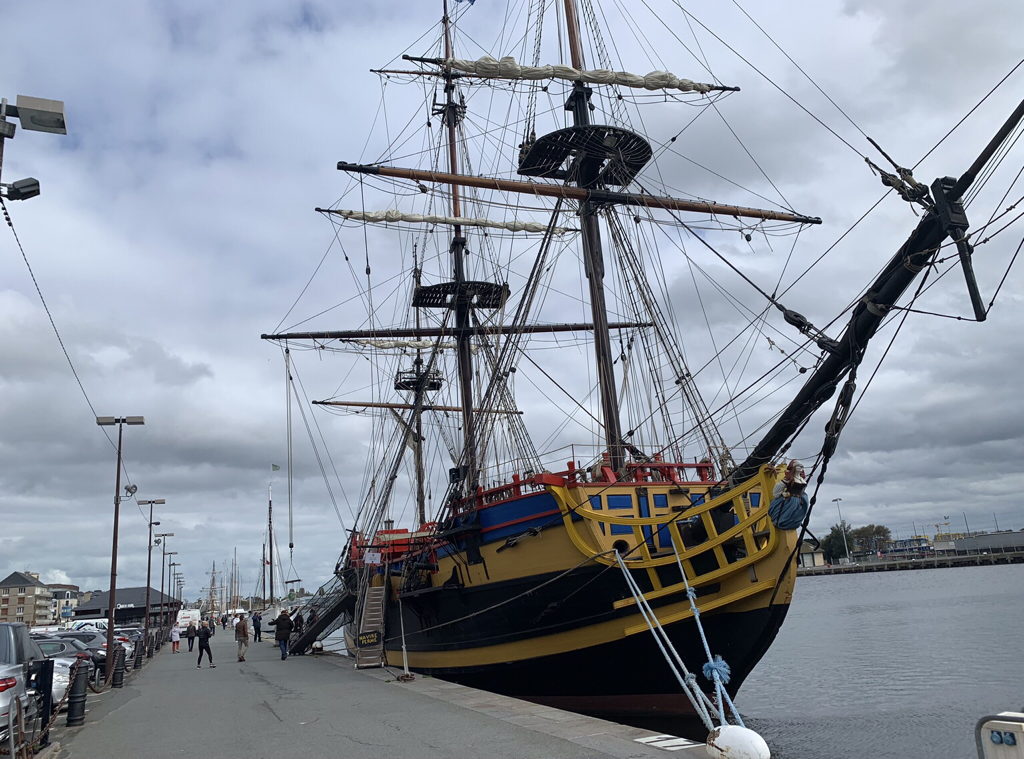
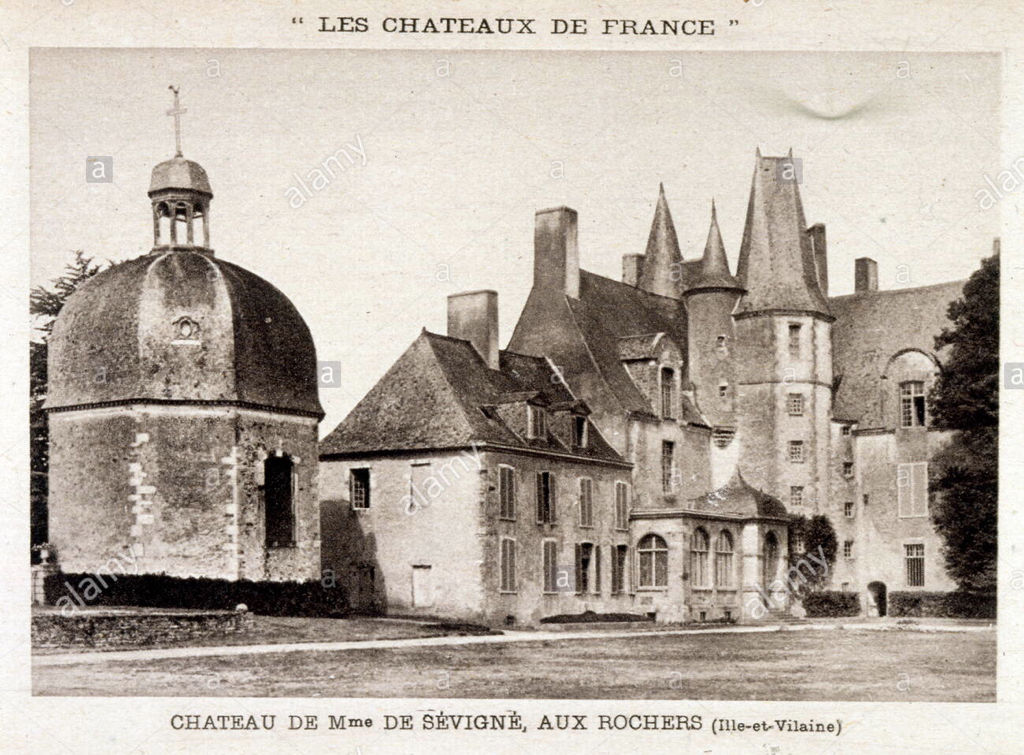
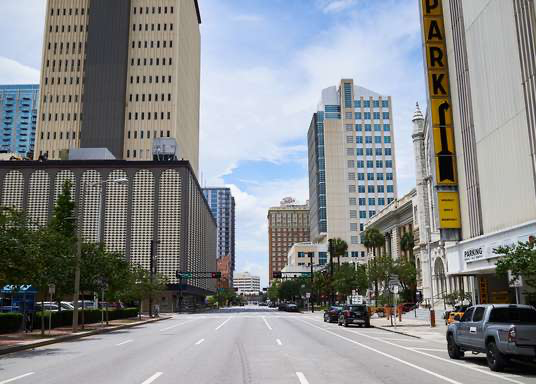
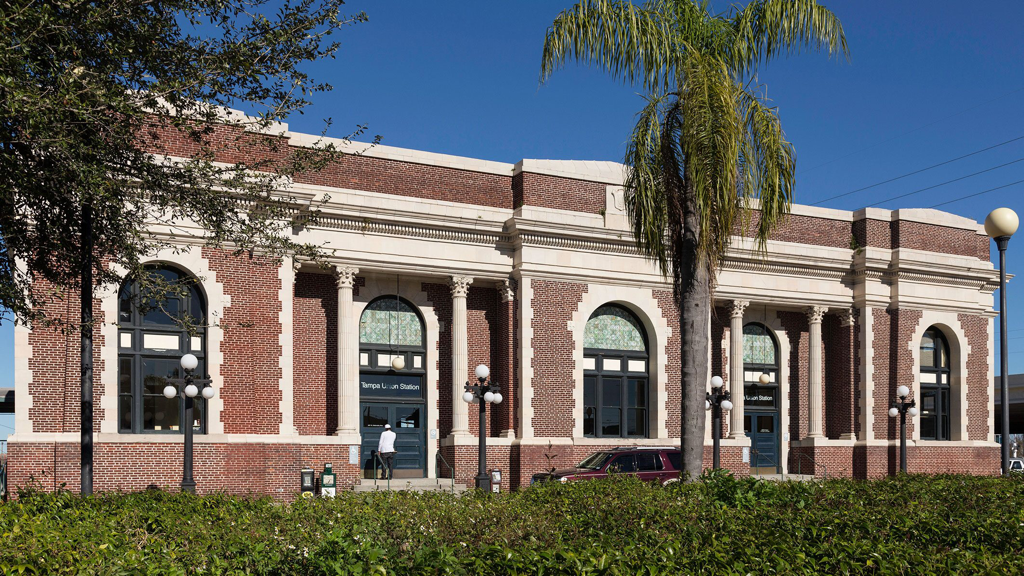
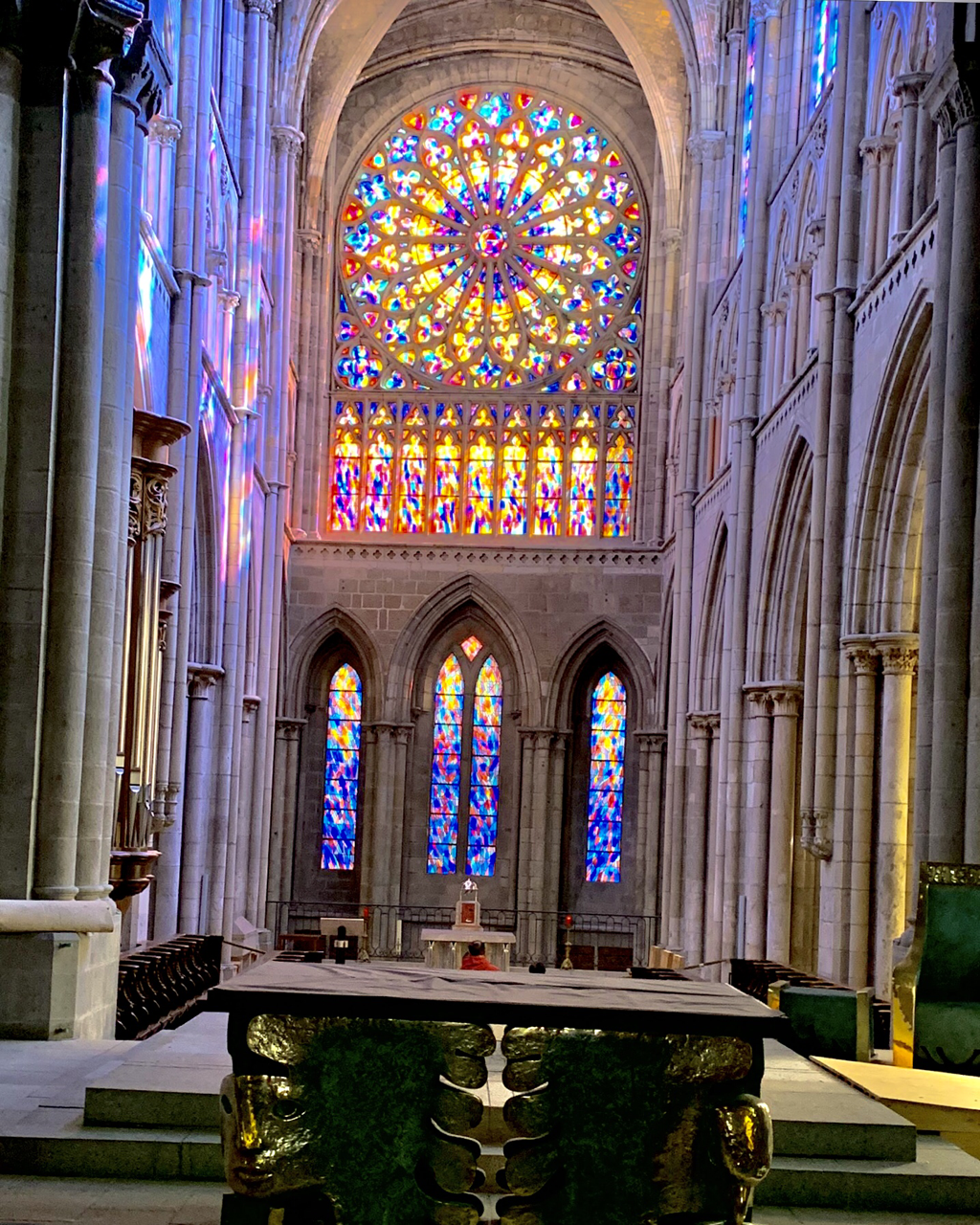
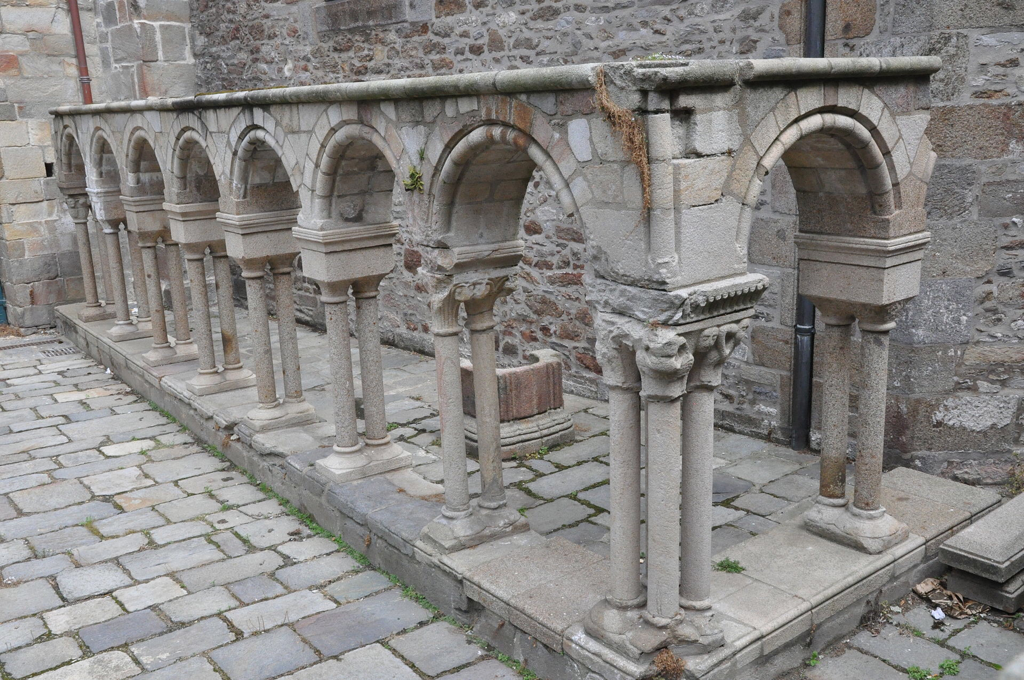
 RSS Feed
RSS Feed
